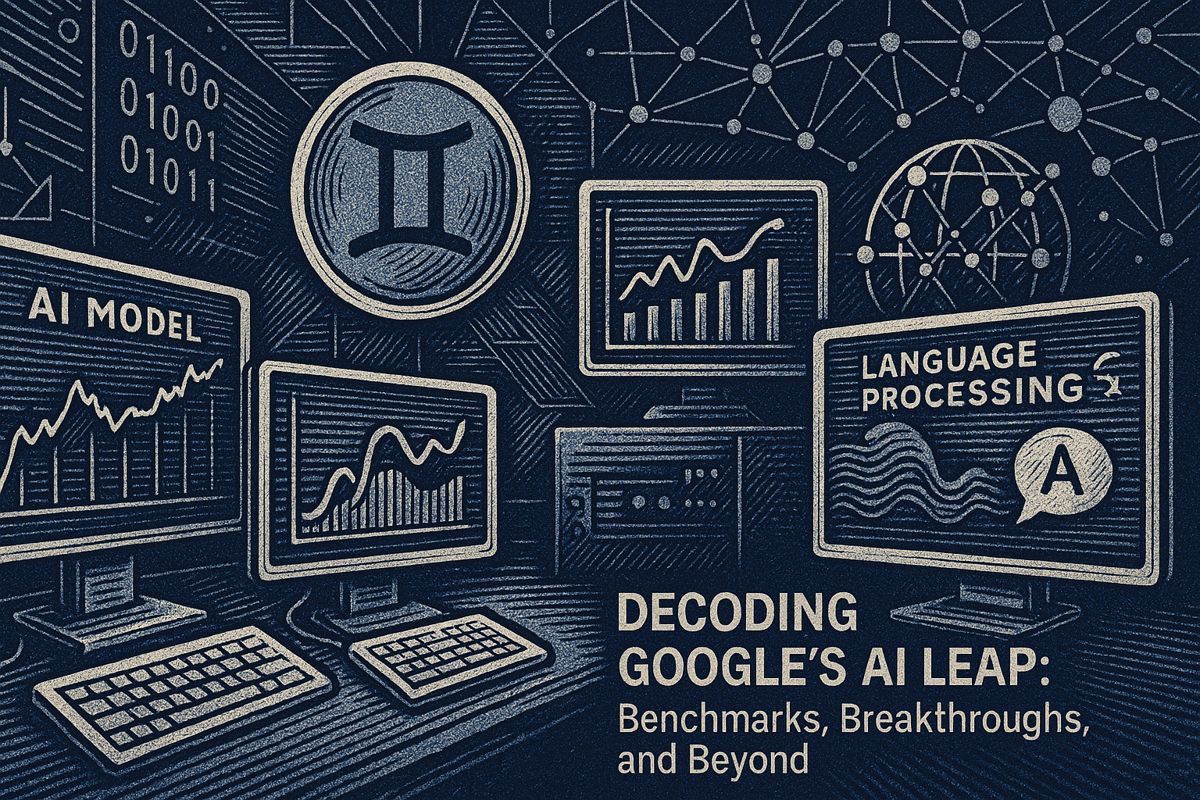A clear CEO AI strategy is critical for future relevance. Investors now demand leaders show command of artificial intelligence, and employees watch closely to see that vision in action, making CEO leadership the key to turning strategy into momentum.
Frame a Vivid Human Story
Effective CEOs humanize their AI vision with personal narratives. Following Kate Smaje of McKinsey’s advice to “imagine the car” instead of a faster horse, leaders can make the future tangible. For instance, Satya Nadella connected Microsoft’s GPT services to caregiving by sharing his story of using speech-recognition to tutor his son. Such anecdotes ground abstract AI concepts, making them relatable and helping boards better assess risk.
A CEO’s primary role in AI strategy is to create a compelling vision and demonstrate leadership through personal adoption. By setting measurable goals, modeling daily use, and transparently managing workforce transitions, the CEO transforms AI from a distant concept into a core component of the business’s daily operations.
Set Measurable Ambition
Ambition is now standard; execution is what matters. A 2025 survey from NTT and The Wall Street Journal Intelligence confirms this, revealing that while 89% of global CEOs see AI as essential for profitability, leading executives are moving beyond plans (group.ntt). They set public, measurable targets – such as the share of new revenue from AI or the percentage of core processes automated – to build credibility and attract top-tier talent.
Model Day-to-Day Adoption
Leadership sets the tone for AI adoption, as employees mirror executive behavior. At IBM, CEO Arvind Krishna mandates that every weekly review slide shows an AI-driven improvement. Similarly, Mark Zuckerberg consistently demos Llama updates in quarterly town halls. These visible rituals effectively integrate AI into the company’s daily workflow, shifting it from a remote R&D concept to a practical tool.
Balance Workforce Impact
Strategic AI implementation requires transparently addressing workforce impact. Major shifts, like Microsoft’s 2023 headcount reduction alongside its deepened OpenAI partnership, highlight a broader trend toward automation (Infinitive). Leading CEOs build trust by acknowledging these trade-offs and mitigating the impact with robust reskilling programs, funding for micro-credentials, and internal mobility platforms. A recommended starting point is allocating 2 percent of payroll to reskilling efforts.
Build a Cross-Functional Control Tower
Effective governance is the bridge from AI pilots to scaled deployment. Forward-thinking companies establish a centralized ‘control tower’ comprising leaders from Legal, Data, and Cybersecurity, often supplemented by external ethicists. This team conducts weekly reviews to identify risks like bias, privacy violations, and model drift. To underscore its importance, the CEO should personally chair the first quarterly meeting, cementing top-down accountability.
Keep the Narrative Moving
A compelling AI narrative extends beyond operational efficiency to a broader purpose. For example, by framing Gemini as a tool for “universal knowledge access,” Google’s CEO elevated the conversation and captured media attention. This strategic storytelling also protects company valuation, as analysts favor firms that can clearly articulate how their AI initiatives build a sustainable competitive advantage, or “moat.”
What Successful CEOs Share
- Humanize AI: Use personal stories to make complex algorithms relatable.
- Set Public Goals: Publish clear, numerical targets for AI-driven revenue and process integration.
- Lead by Example: Demonstrate daily AI use to encourage company-wide adoption.
- Invest in People: Proactively fund reskilling and internal mobility to manage workforce transitions.
- Establish Governance: Create a cross-functional committee to oversee AI ethics, risk, and compliance.
While each of these elements is straightforward, their true power lies in strategic orchestration. The CEO acts as the chief conductor, ensuring that AI initiatives are harmonized to create value across every facet of the enterprise, solidifying the organization’s competitive edge in a rapidly evolving landscape.
What makes the CEO the pivotal figure in AI transformation?
The CEO is the only executive who can set the enterprise-wide narrative, commit capital at scale, and personally model the mind-set shift from “project” to “core business.” When 89 % of peers now call AI essential for future profitability, the leader who hesitates becomes the single biggest bottleneck.
How can a CEO move from “AI sponsor” to “AI evangelist” without sounding like hype?
Tell a personal story first: describe the first time you used a generative model to cut a weekly report from six hours to 30 minutes, or how an AI copilot reshaped your board-deck prep. Kate Smaje at McKinsey advises executives to “show the car, not the faster horse” – share the moment the technology re-imagined the job, not just sped it up.
What early wins should a CEO target to prove AI is more than an efficiency play?
Pick one revenue-adjacent use case – for example, Google’s ad division now uses AI to craft bespoke campaigns in minutes, protecting top-line growth while reducing headcount. Publicly track the incremental revenue or client-win rate and celebrate the team that delivered it; this signals that AI is a growth engine, not a cost knife.
Which red flags warn that the AI program is stalling at middle management?
Watch for “pilot purgatory” – dozens of experiments stuck at 70 % completion, no single owner with P&L accountability, and dashboards that show model accuracy but never business impact. When only 41 % of leaders admit confidence in their own AI expertise, the CEO must step in, re-allocate budget, and tie next year’s bonuses to live, scaled deployments.
How can a CEO guard reputation while workforce changes accelerate?
Be radically transparent about the timeline: Arvind Krishna at IBM forecasts up to 30 % of back-office roles could be automated, yet he pairs every announcement with re-skilling commitments and new-job creation targets. Equally, establish an AI governance council that includes legal, ethics, and customer partners – a step 77 % of CEOs plan to formalize in 2025 to keep trust intact while speed increases.



















